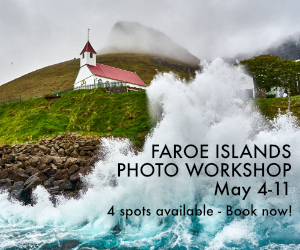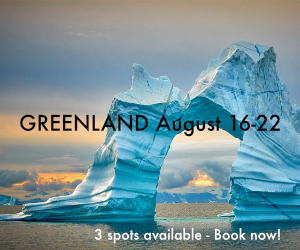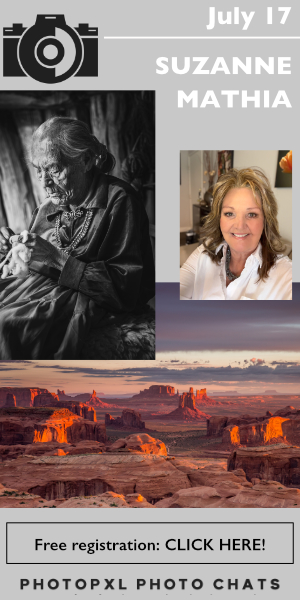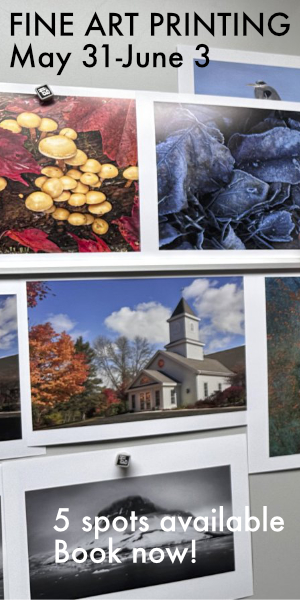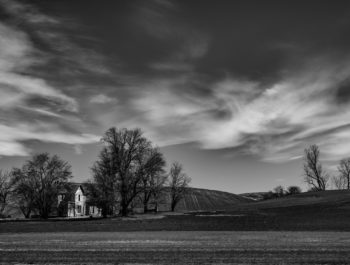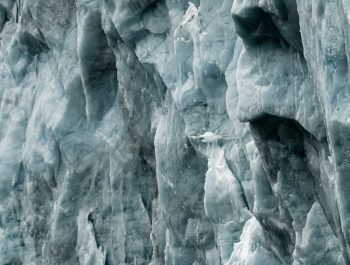End Of The Road – Hokkaido

In early 2019, I took a small group of photographers to Japan for a workshop. It was an interesting workshop, to say the least, as we explored areas of Japan and took some amazing photos. We also learned a lot. This article will be one of a few about the trip and how we coped. Today we will focus on Hokkaido and the road to nowhere.
On our visit to Japan, I found the island of Hokkaido to be my favorite place. I wish I could have spent more time there. Over the days we were there, I saw the real potential for photography and what we were missing. I’ll say a bit more about that in a minute, but today we will focus on one excursion to a small fishing village at the end of the road north of Funamicho. As we left on this excursion, we asked our guide what we might find along the way, and we were told we may see fox and deer.
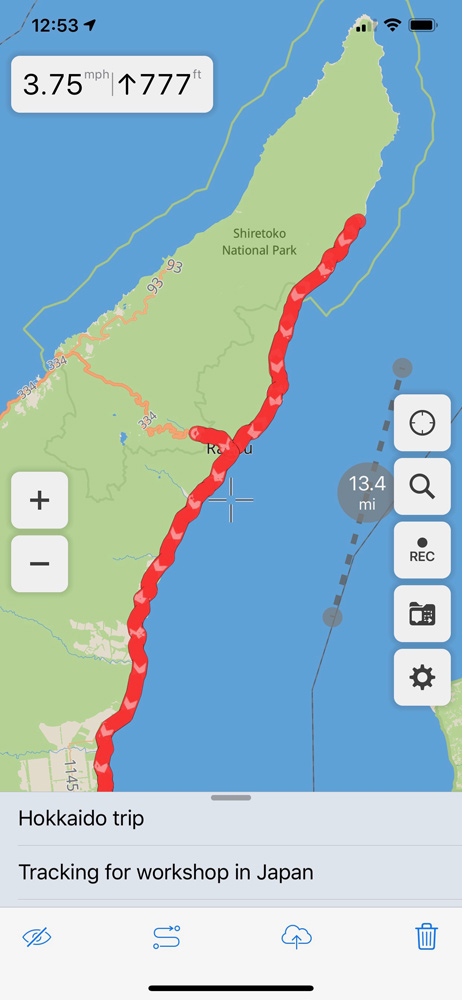
As we left Funamicho, we drove north on a highway where there was light snow falling. Pretty soon, it turned into a full-fledged blizzard and part of a small squall. The snow was heavy and visibility was near zero, but we kept pushing ahead. The road we were using was #87, and finally, after a super long drive, we ended up in Rausu-Cho, Menashigun, Hokkaido. (Lat. 44.1893 Long. 145).
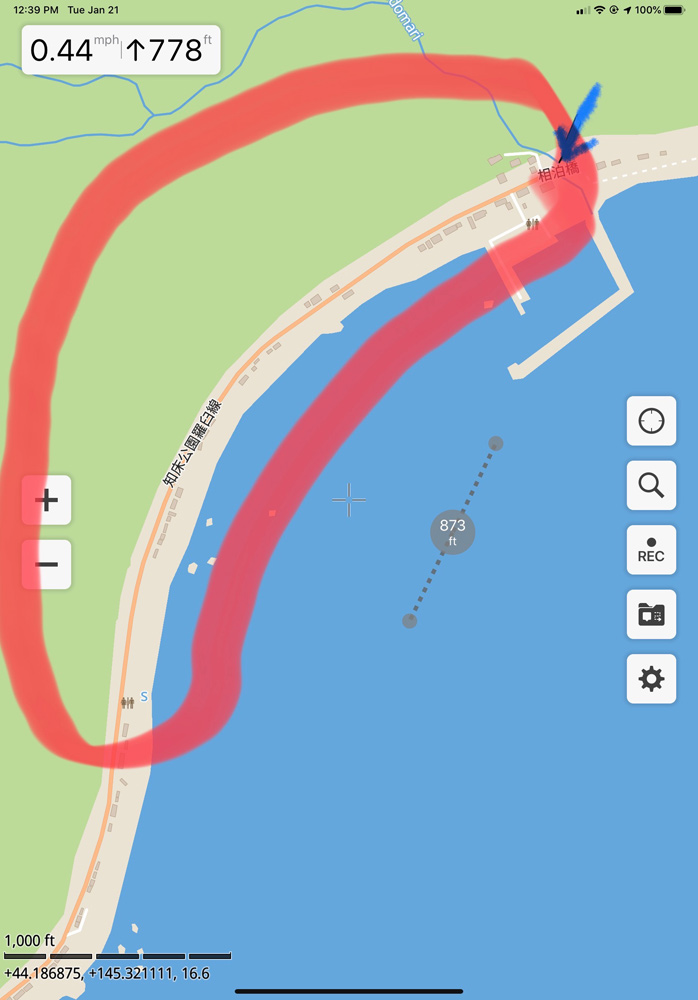
When I say ended I mean just that. There was no way of going any further. The snow had stopped and we were literally in a white world in a fishing village that was completely abandoned. There were no deer or no foxes. There were no footprints and no life; everything was shuttered for the winter. So what were we going to photograph?
Along the way into the village, there were giant vertical hills and something I have never seen before: avalanche fences. These fences — and there were hundreds of them — along with the pure, white snow made a really picturesque abstract kind of landscape. I gathered all the attendees together and said we were going to take a walk. I talked with them about the scenes around us. We had a small harbor and coastline on one side of us and giant times with bare, dramatic trees and these snow fences. I explained we would walk down the road and see what we could find.
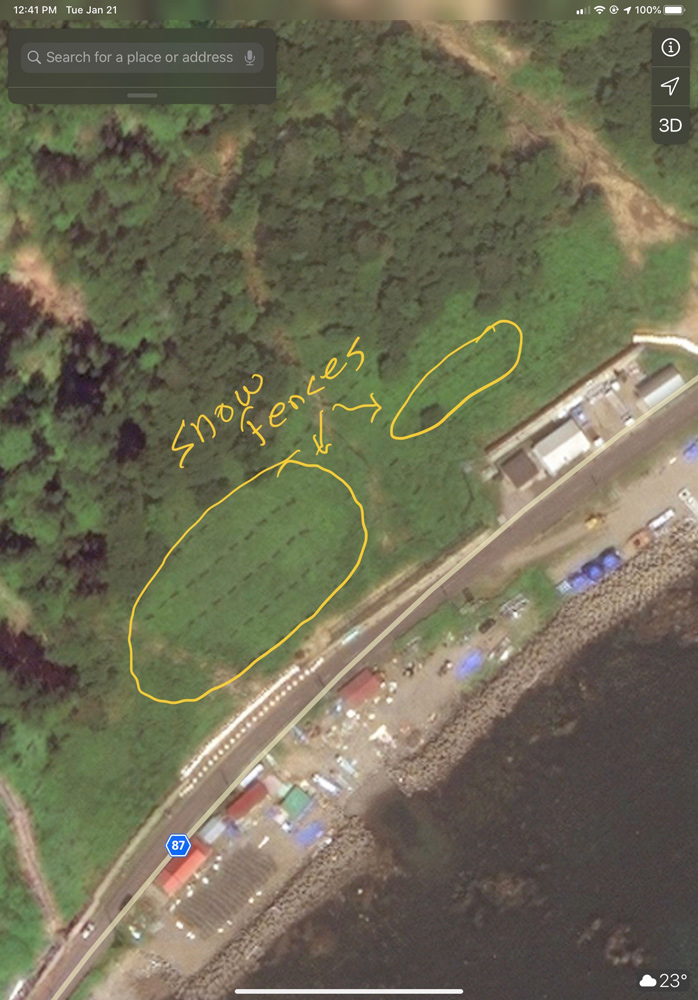
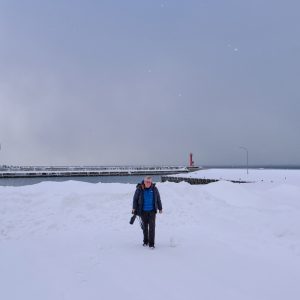
The compositions were simple. There were lots of subjects when you put them in a frame that offered some unique images. There were small branches coming out of the snow. There was a texture of the snow. There were buildings, and in the harbor, some interesting stark compositions.
I was shooting with a Fuji XT-3 and various lenses. My lenses of choice for this walk were the Fuji 100-400mm f/4.5-5.6 and Fuji 16-55mm f/2.8. I also decided I was going to shoot for most of my images a square composition. The Fuji allows me to set a 1:1 composition for the viewfinder to assist in seeing my subject in the 1:1 format.
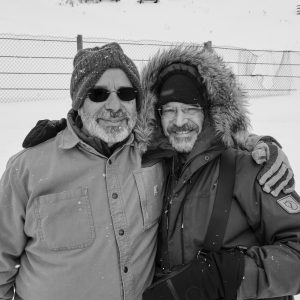
I also discussed with the group that we were going to be shooting in difficult conditions. Everything was a bright white with stark contrasts. Our camera’s light meters were going to be confused, and we would have to be sure to compensate by overexposing manually or with compensation. More than anything else, it was important to watch our histograms and make sure those histograms with following the rules of OTR (expose to the right). With this, we all headed out to walk down the road to find our shots.
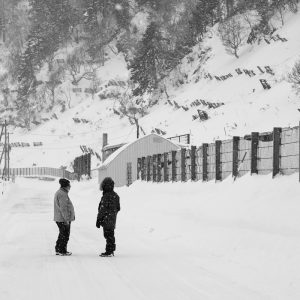
Every now and then, we would join back up and compare thoughts and look at our preview screens to discuss what we had already shot. This was good as each of us saw something a bit differently. It was special. We didn’t find the fox and deer we were promised, but we did find images that our workshop guide was not aware was there.
I believe we need to keep an open mind with regard to our photography. Sometimes we get into that rut that we say, “I only shoot landscapes” or “I only shoot trees, street photography or portraits.” As photographers, we must grow our vision and abilities, and we can do that only by learning new things. When we break out and see differently, like in this case of walking down the snowy road, we learn that there are images all around us and we let our minds, eyes, and creativity realize what opportunities are there. This only has a return in making us better at seeing for the types of photography we like best.
So, go out, take a walk down the road and see differently.
The Images
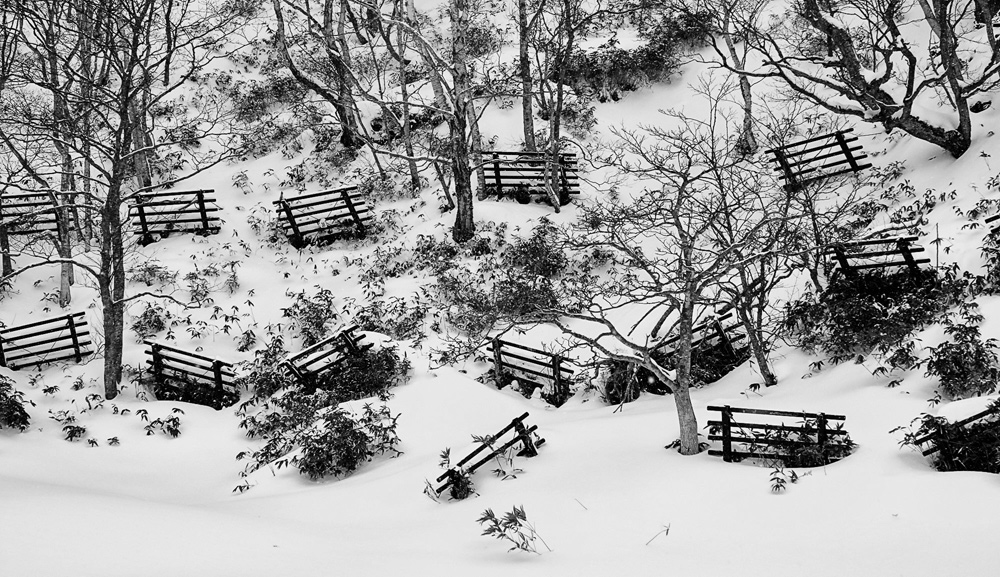
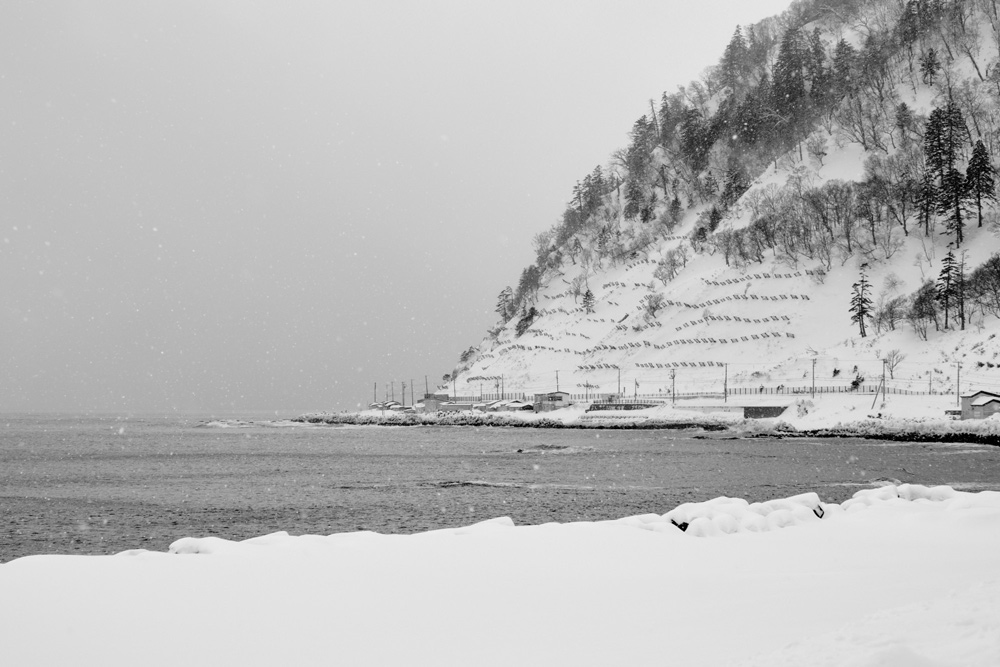
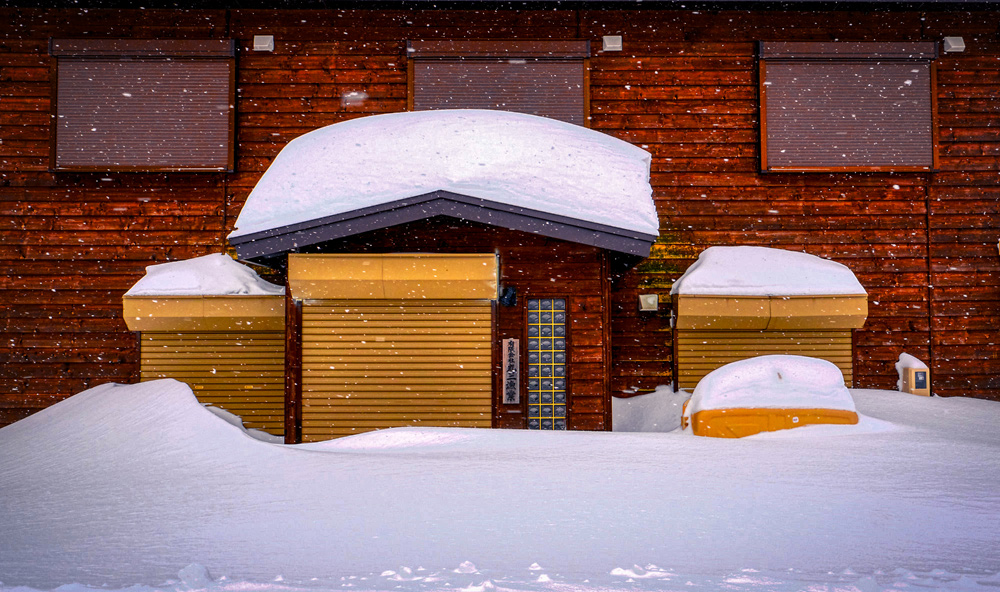
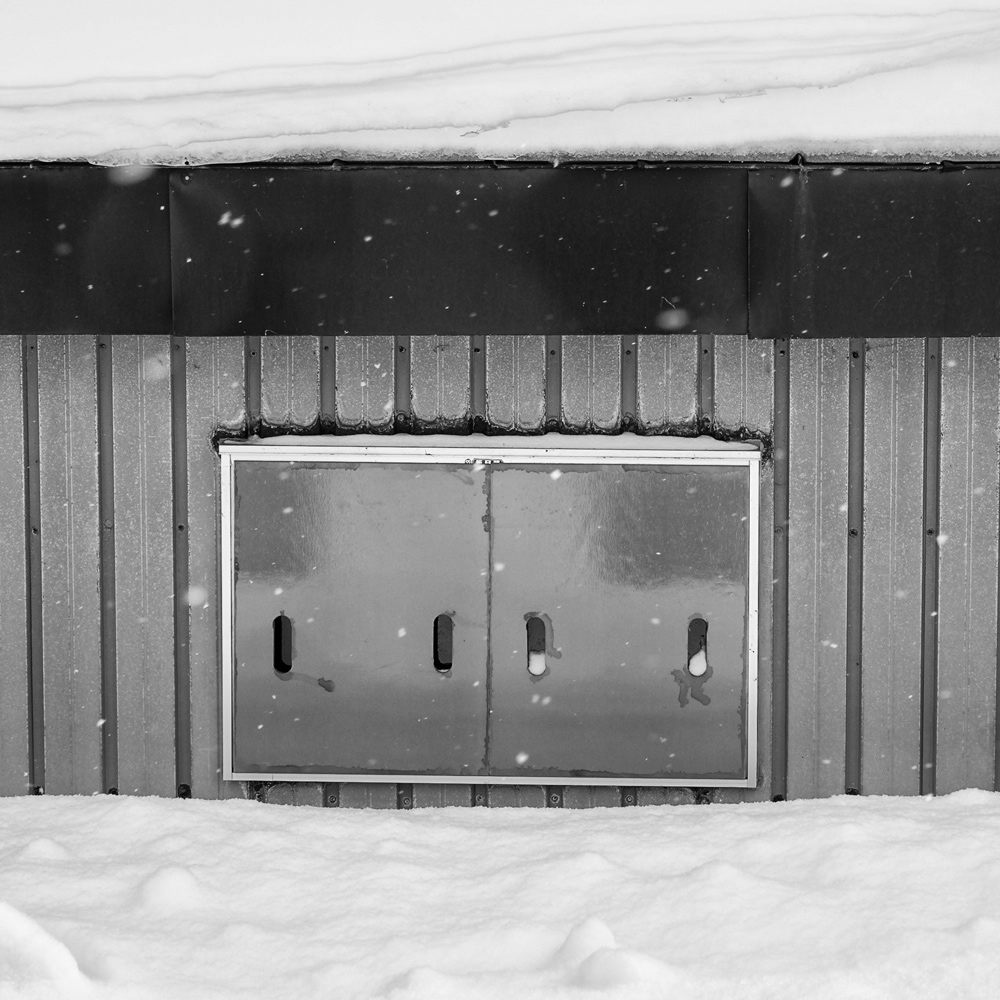
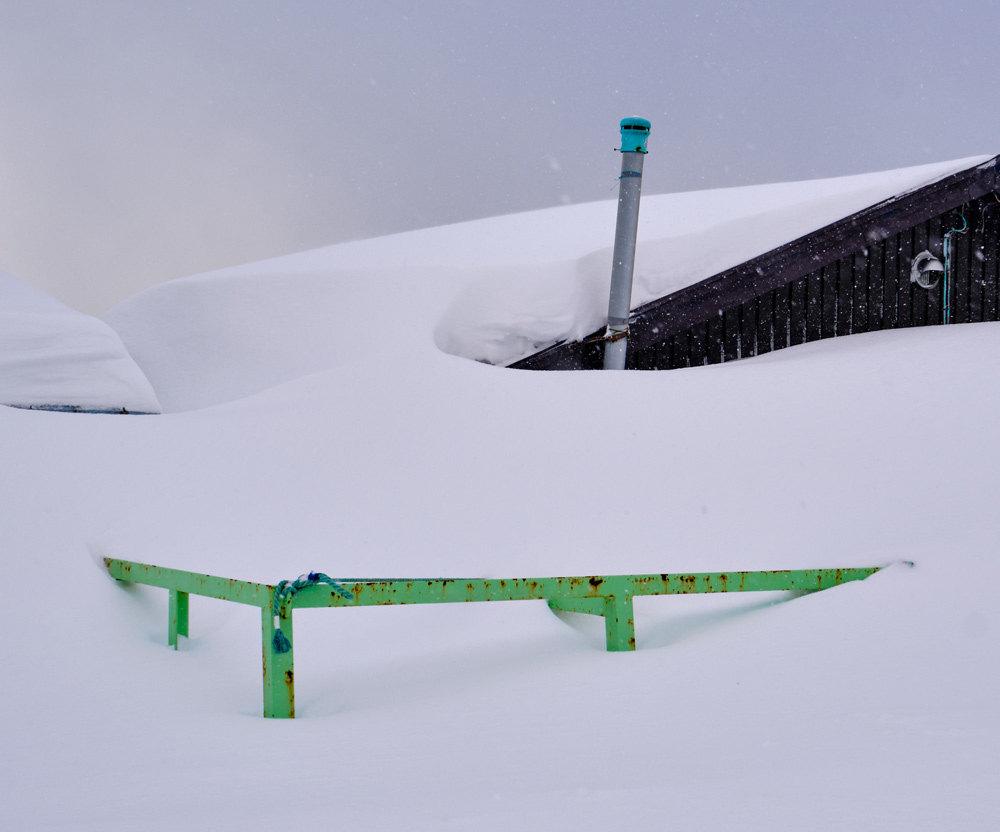
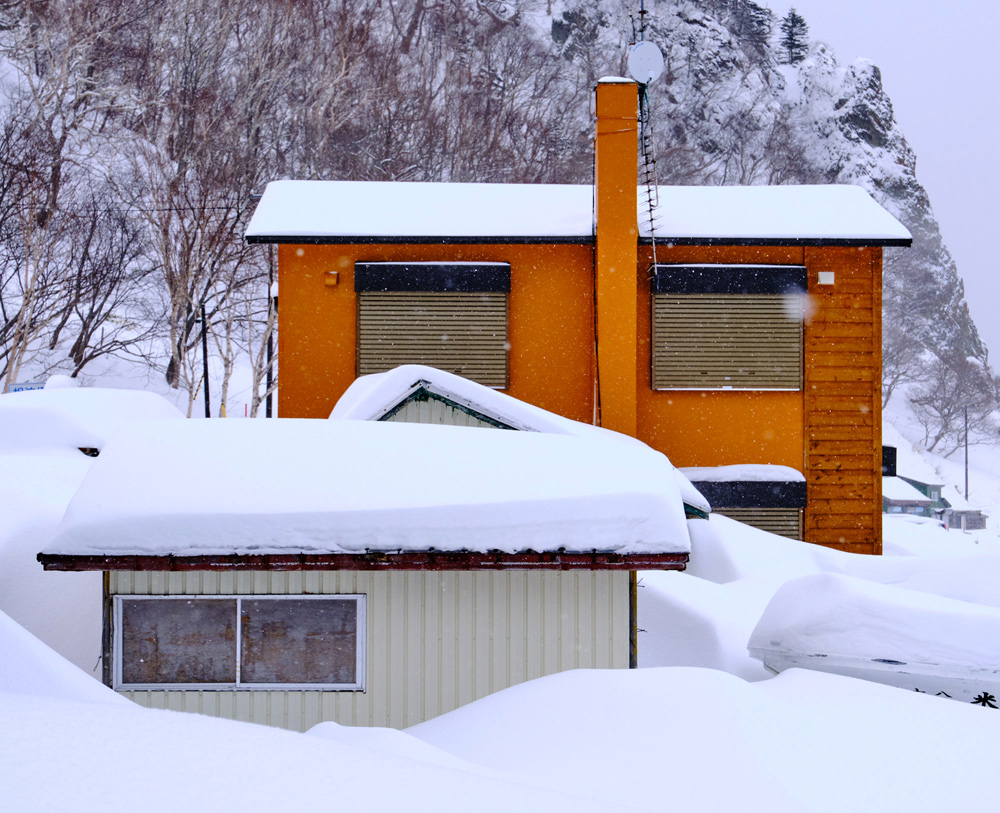
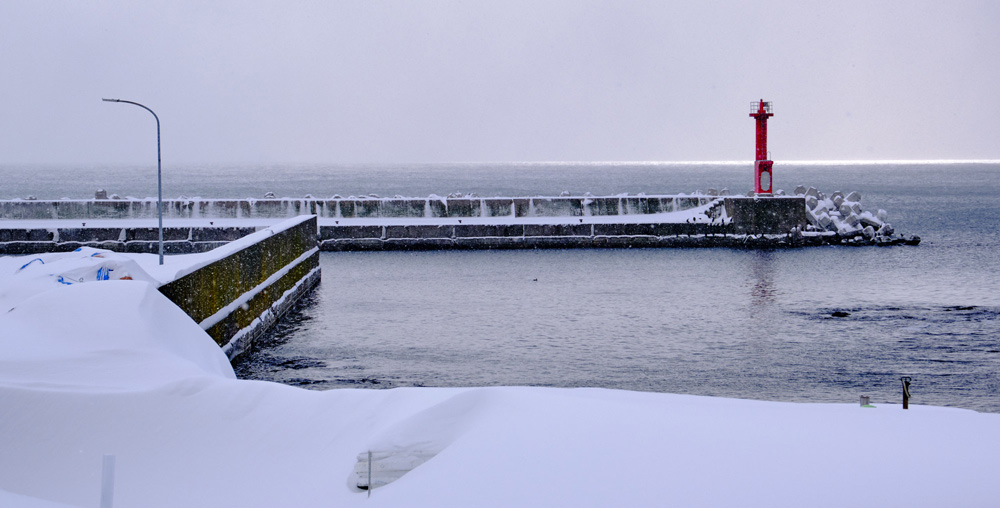
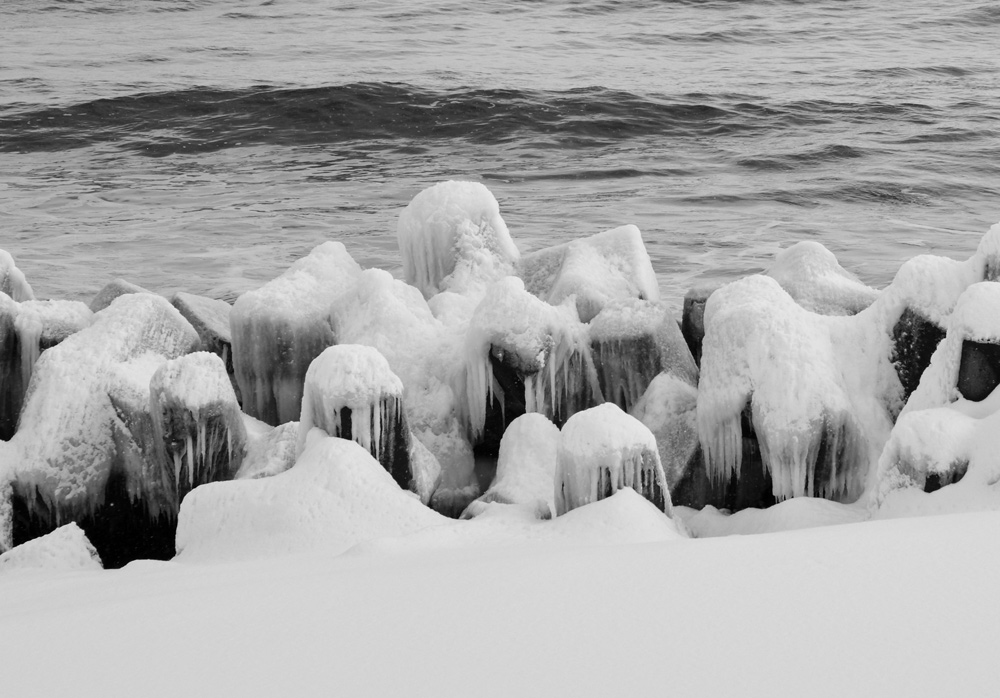
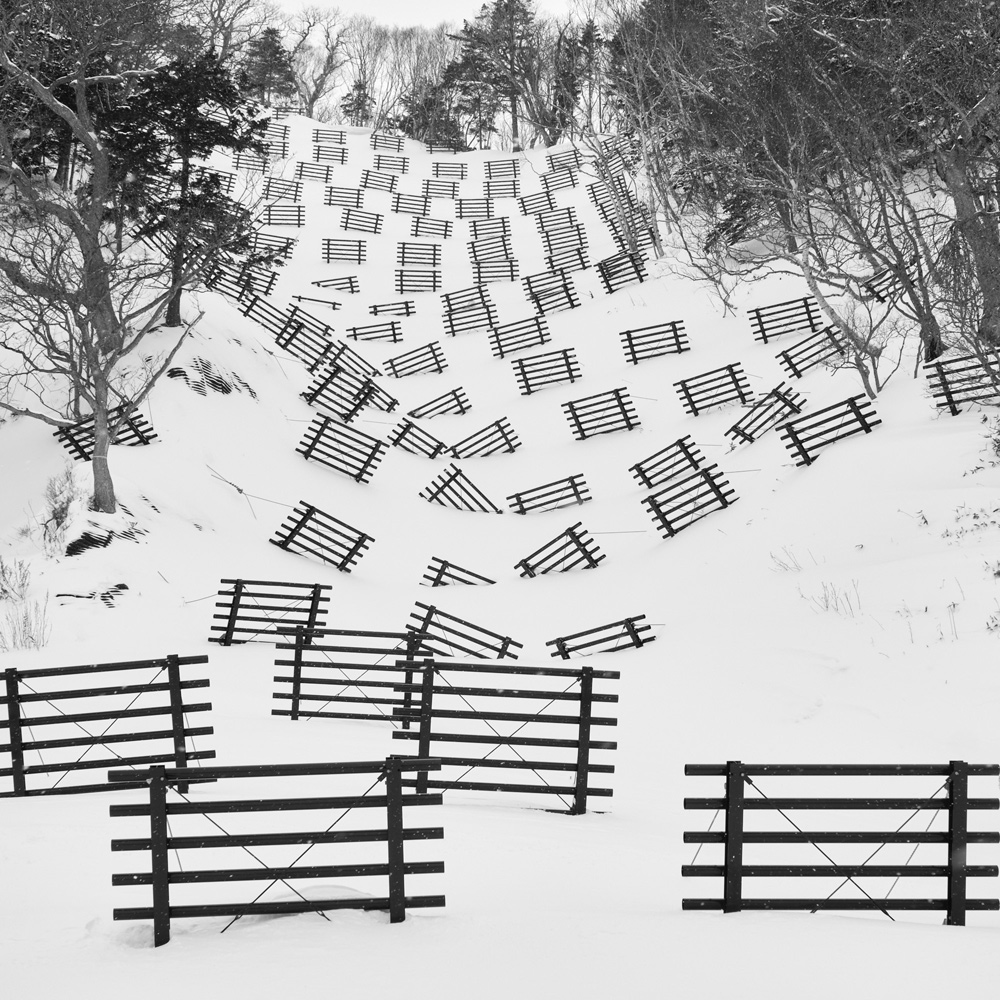
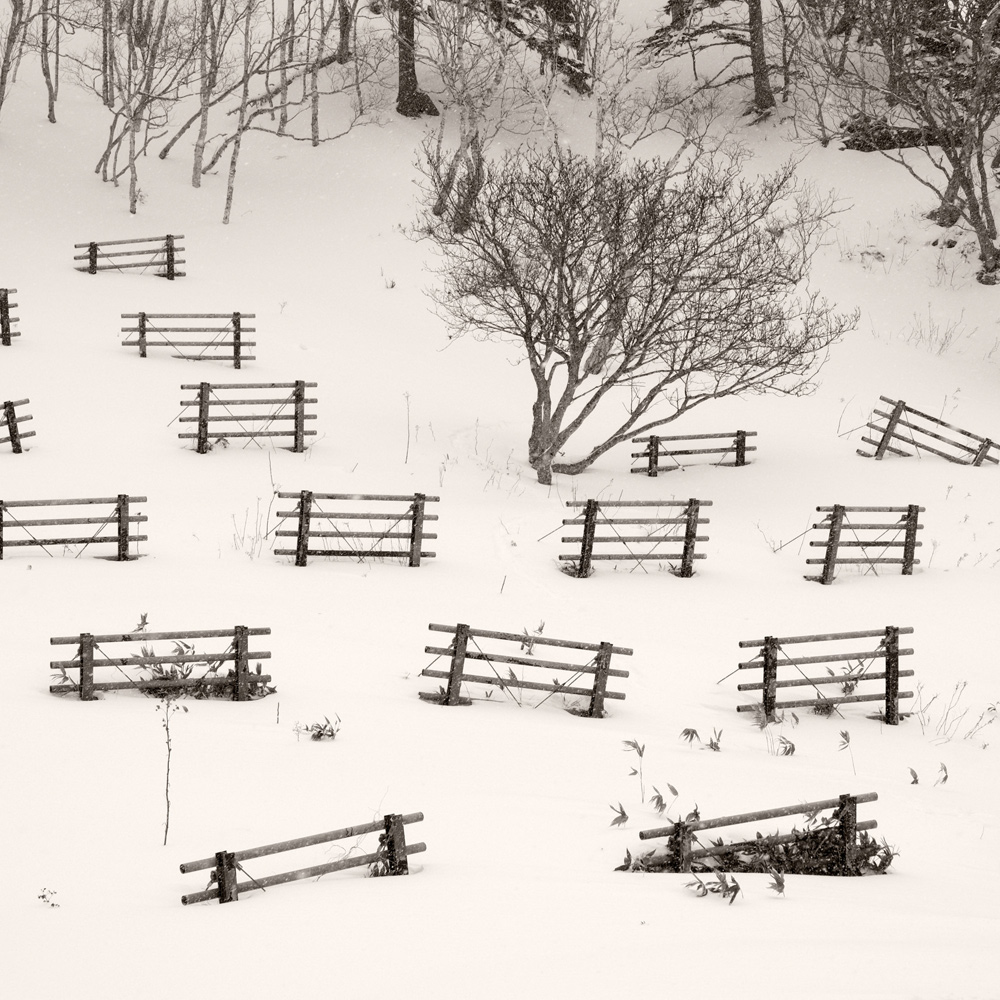
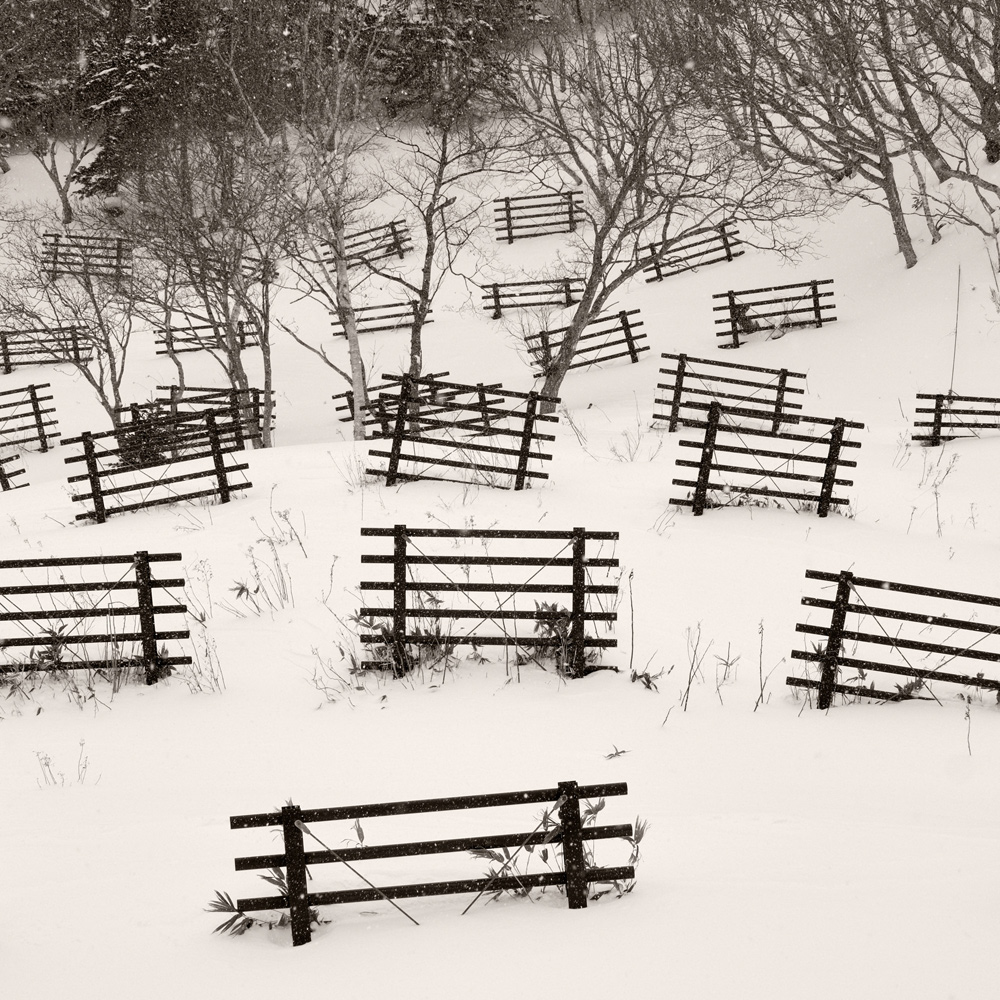
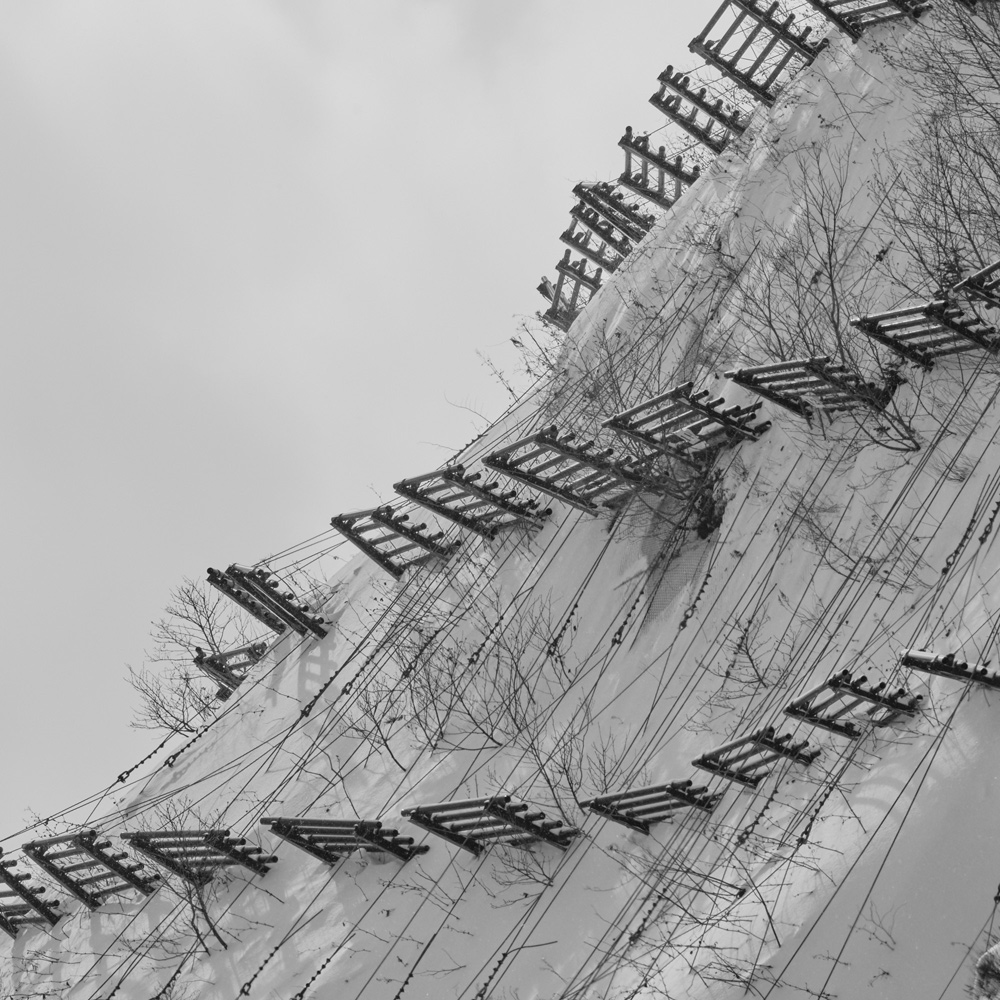
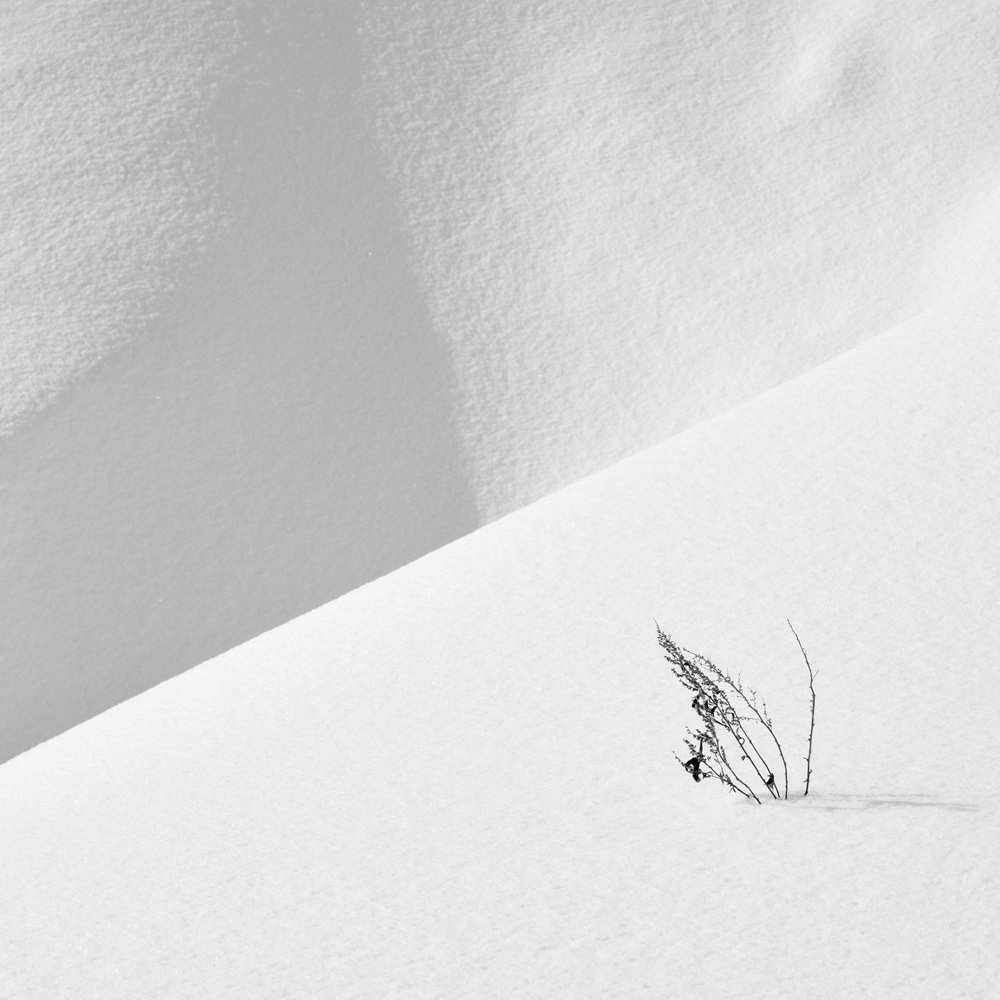
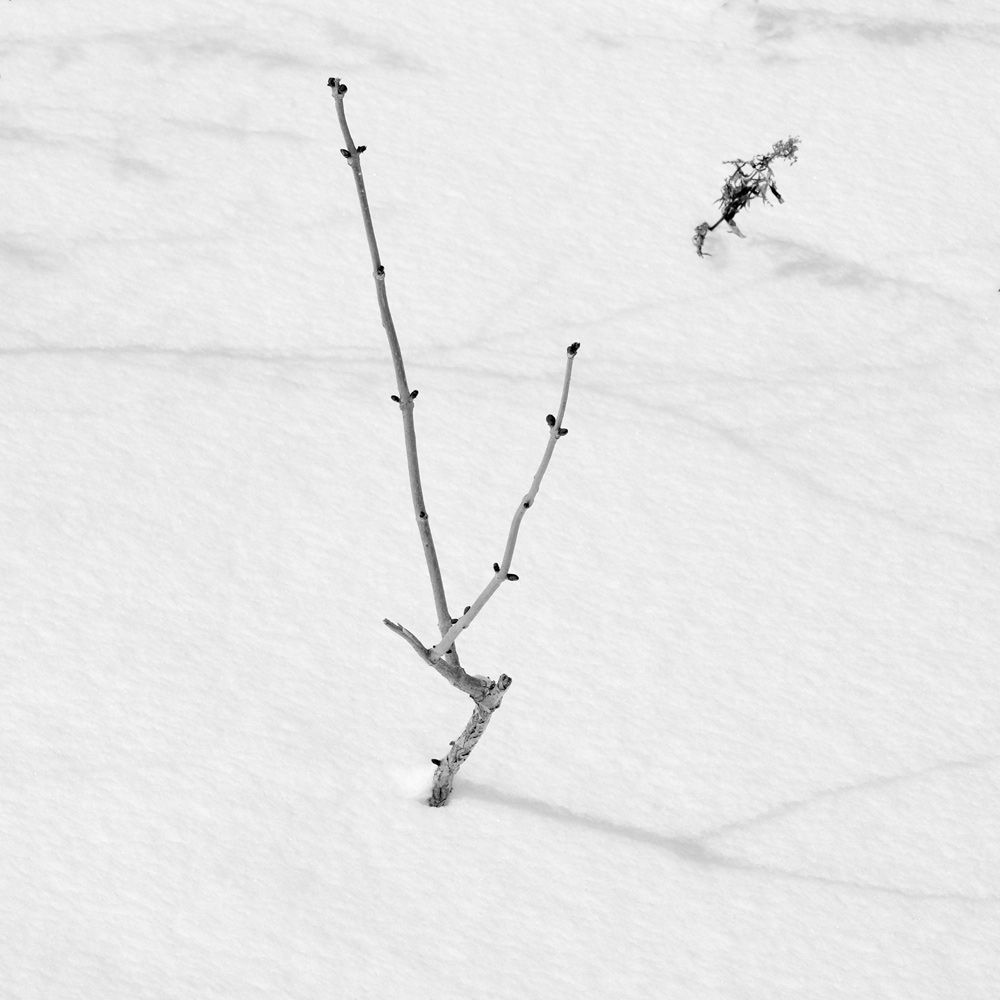
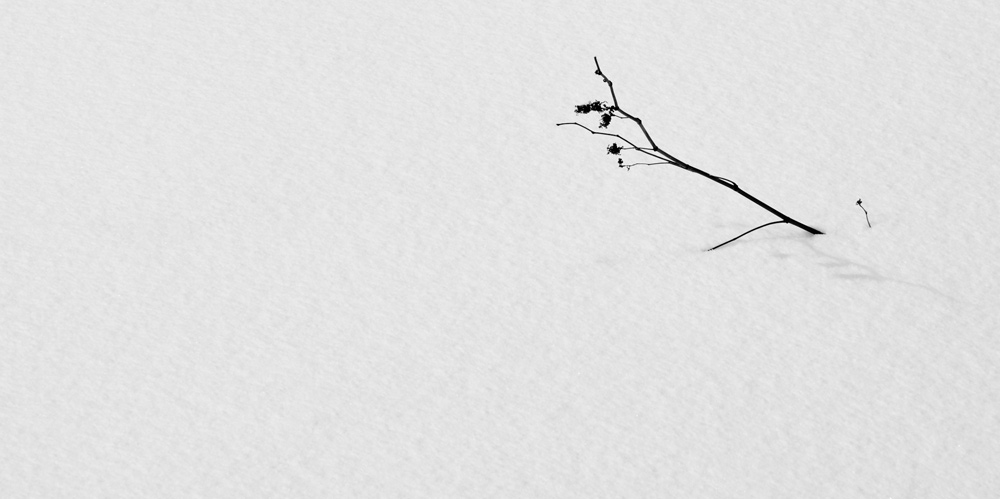
As we drove from location to location I saw a lot of potential for great landscapes and images. The landscape of Hokkaido was amazing. A friend of mine, Steve Friedman, was there at the same time. During the trip, his main mission was to photograph trees. The trees of Hokkaido were just incredible. The coastline was powerful. And the rolling hills and high mountain areas were perfect for intense landscape shooting. We missed a lot of this for various reasons. But, next time we go, we will have a different mission and we will know better.
Please Visit . . .
If you are interested in seeing more work by Kevin Raber and purchasing his work for your own, please visit RaberEYES.com
Kevin also runs workshops for photographers all over the world at Rockhopper Workshops
Kevin shares his work daily on Facebook and Instagram
You may also visit his photography blog at kevinraber.com
Kevin Raber
January 2020
Indianapolis, IN
Photography is my passion and has been for 50 plus years. My career in photography has allowed me to travel the world, meet some of the most interesting people on the planet and see things I could never have dreamed of. My goal is to share the passion of picture taking through photographs and teaching with as many people as I can, hoping it brings them as much joy and happiness as it has me. I do this through photoPXL.com, this site, as well as Rockhopper Workshops, and other projects, as well as teaching as Artist In Residence at the Indianapolis Art Center.

